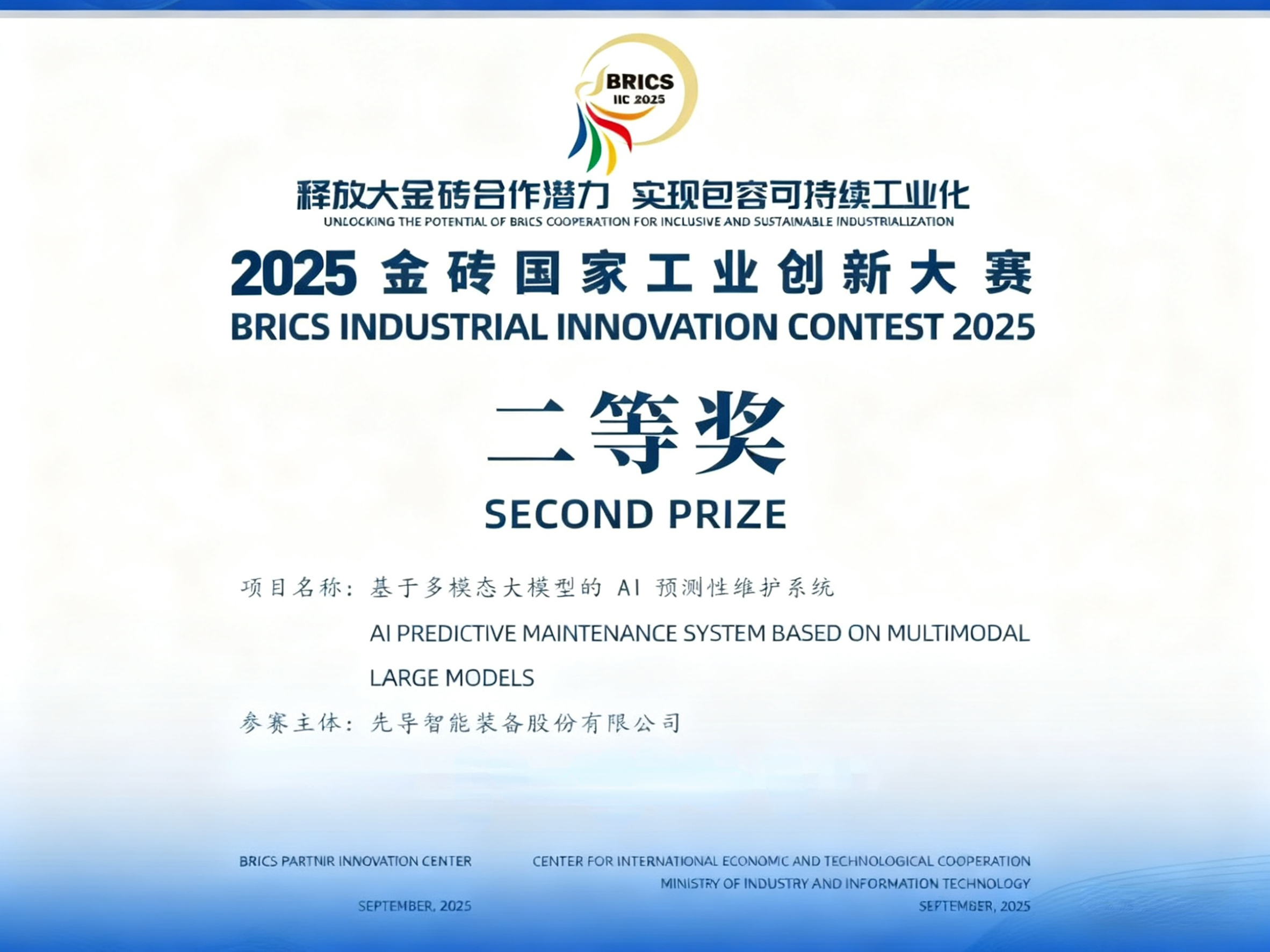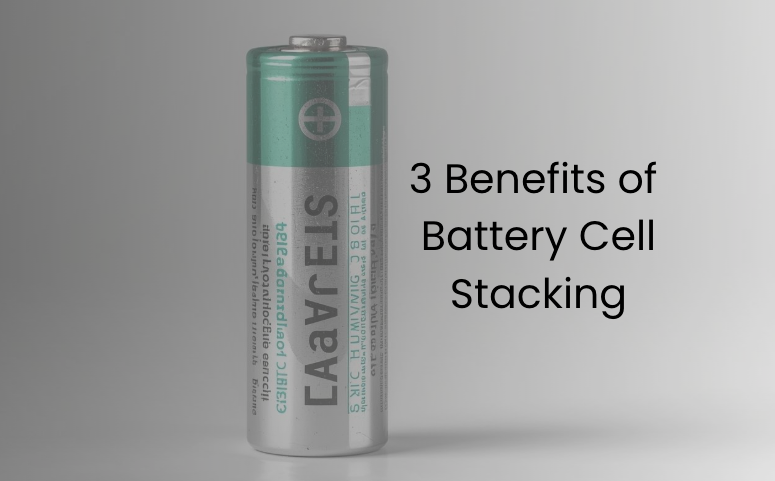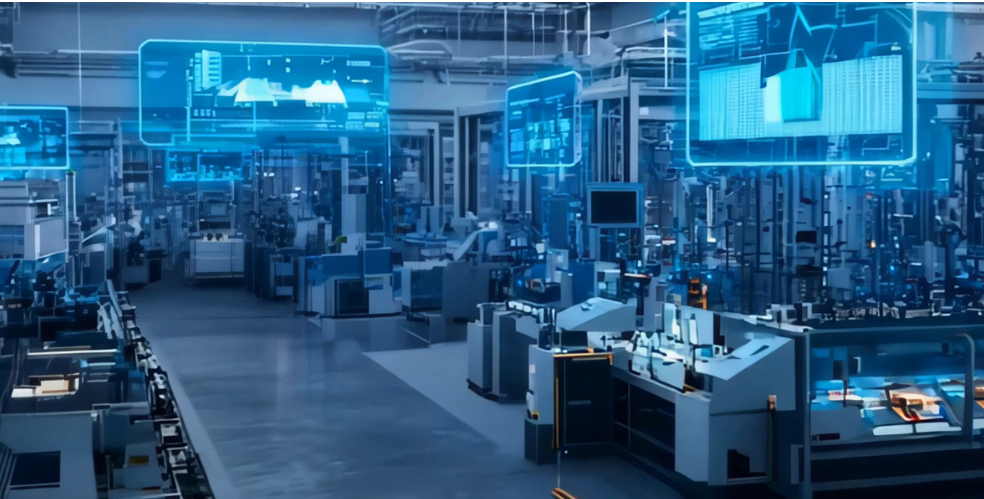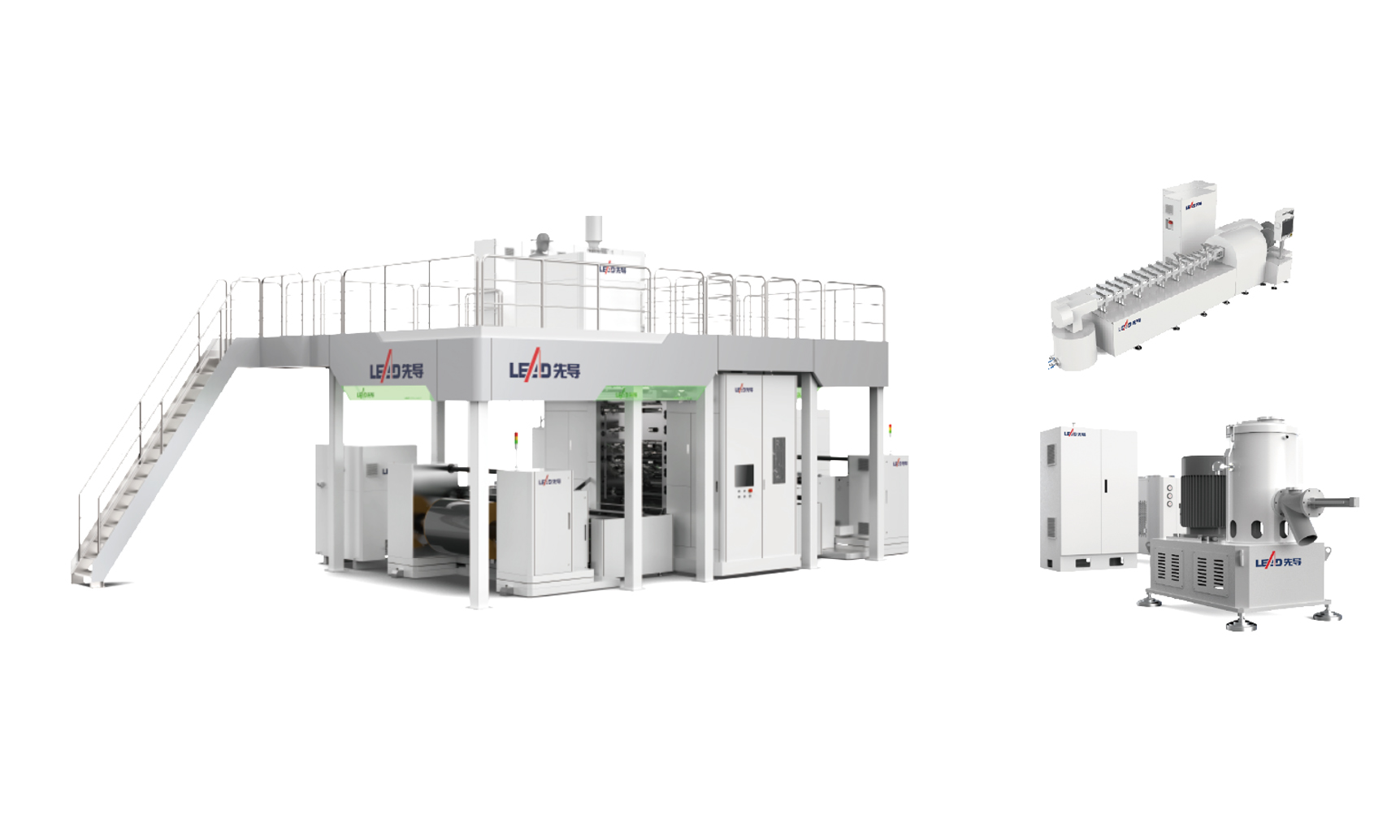
On September 16, the award ceremony of the 2025 BRICS Industrial Innovation Competition was grandly held during the opening of the BRICS Forum on Partnership on the New Industrial Revolution in Xiamen. Lead Intelligent Equipment (hereafter referred to as LEAD) developed the AI Predictive Maintenance System Based on a Multimodal Large Model, which stood out from 1,396 global entries to win second prize in the Artificial Intelligence track of the competition.
Jointly organized by the BRICS Partnership on the New Industrial Revolution Innovation Base and China’s Ministry of Industry and Information Technology, this year’s competition featured five key tracks—Artificial Intelligence, Green Industry, Low-Altitude Equipment, Energy Electronics, and Industrial Design—attracting top-tier projects from BRICS and partner countries. After multiple rounds of rigorous evaluation and on-site defense, LEAD’s project distinguished itself in technological advancement, practical application, and industrial scalability, earning the honor as the only Chinese lithium–ion battery equipment company recognized in the AI track.
Tackling the Manufacturing Challenges of the TWh Era with AI
The global lithium–ion battery industry is rapidly advancing toward the TWh-scale manufacturing era. In this phase, the battery production process—at the heart of the industry chain—is characterized by high speed, precision, and continuity, where even minor equipment anomalies can trigger chain reactions, resulting in significant economic losses and safety risks. Traditional maintenance models such as post-failure repair or scheduled maintenance can no longer meet the demands of large-scale intelligent manufacturing.
LEAD’s award-winning system directly addresses these challenges. Built on a self-developed multimodal industrial predictive maintenance large model, it establishes an intelligent operations and maintenance (O&M) system with a closed-loop capability of prediction–diagnosis–decision-making. By deeply integrating time-series equipment data, visual imagery, and textual logs, and leveraging proprietary spatiotemporal feature alignment and cross-modal attention mechanisms, the system extends the early-warning window to 7–15 days before a potential failure, improving fault prediction accuracy by over 25% compared with traditional approaches.
Currently, the system has been deployed on hundreds of high-speed winding and stacking machines across the lithium–ion battery manufacturing sector. At one leading battery producer, the system continuously monitors over 2,000 key components, helping reduce failure frequency by 35% and total downtime by 30%, generating annual direct economic benefits exceeding RMB 10 million per customer.
Three Core Breakthroughs Shaping a New Era of Industrial Intelligence
The success of LEAD in standing out among global competitors lies in three key technological breakthroughs:
- Deep integration of physical mechanisms and AI
By embedding physical models—such as motor thermodynamics and bearing dynamics—into the AI training process, the system achieves interpretable and trustworthy fault diagnosis, addressing the long-standing industry concern over the “black-box” nature of AI decision-making.
- Digital twin modeling of core universal components
Focusing on the most widely used industrial power components, LEAD has developed high-precision, standardized digital twin models that enable “develop once, apply across industries,” significantly reducing deployment costs and timelines.
- A closed loop of prediction, diagnosis, and decision-making
Beyond issuing early warnings, the system automatically generates maintenance SOPs and spare-part recommendations. Through continuous learning, it builds an evolving knowledge base for enterprises—creating a “digital expert team” that never loses its expertise.
As a global leader in intelligent manufacturing solutions for the new energy sector, LEAD continues to demonstrate not only technological innovation but also strong market traction and industry synergy. With its proven return on investment and scalable business model, the system has been recognized by several leading global battery manufacturers. LEAD has signed strategic cooperation agreements with key industry players, with the initial phase covering three core production lines and more than 150 critical devices.
Looking ahead, LEAD views this award as a new starting point to accelerate technological advancement and global expansion. The company plans to work with local partners to build benchmark projects for digital transformation worldwide.
“AI and digital twins are redefining the future of manufacturing,” said Wang Yanqing, Chairman of LEAD Group. “The true factory of the future is not merely an assembly of automated systems, but an intelligent ecosystem capable of self-learning and optimization. Going forward, LEAD will continue to deepen the integration of artificial intelligence and high-end equipment, helping BRICS nations build a more inclusive, green, and sustainable industrial landscape.”







